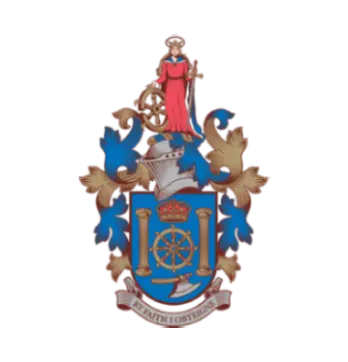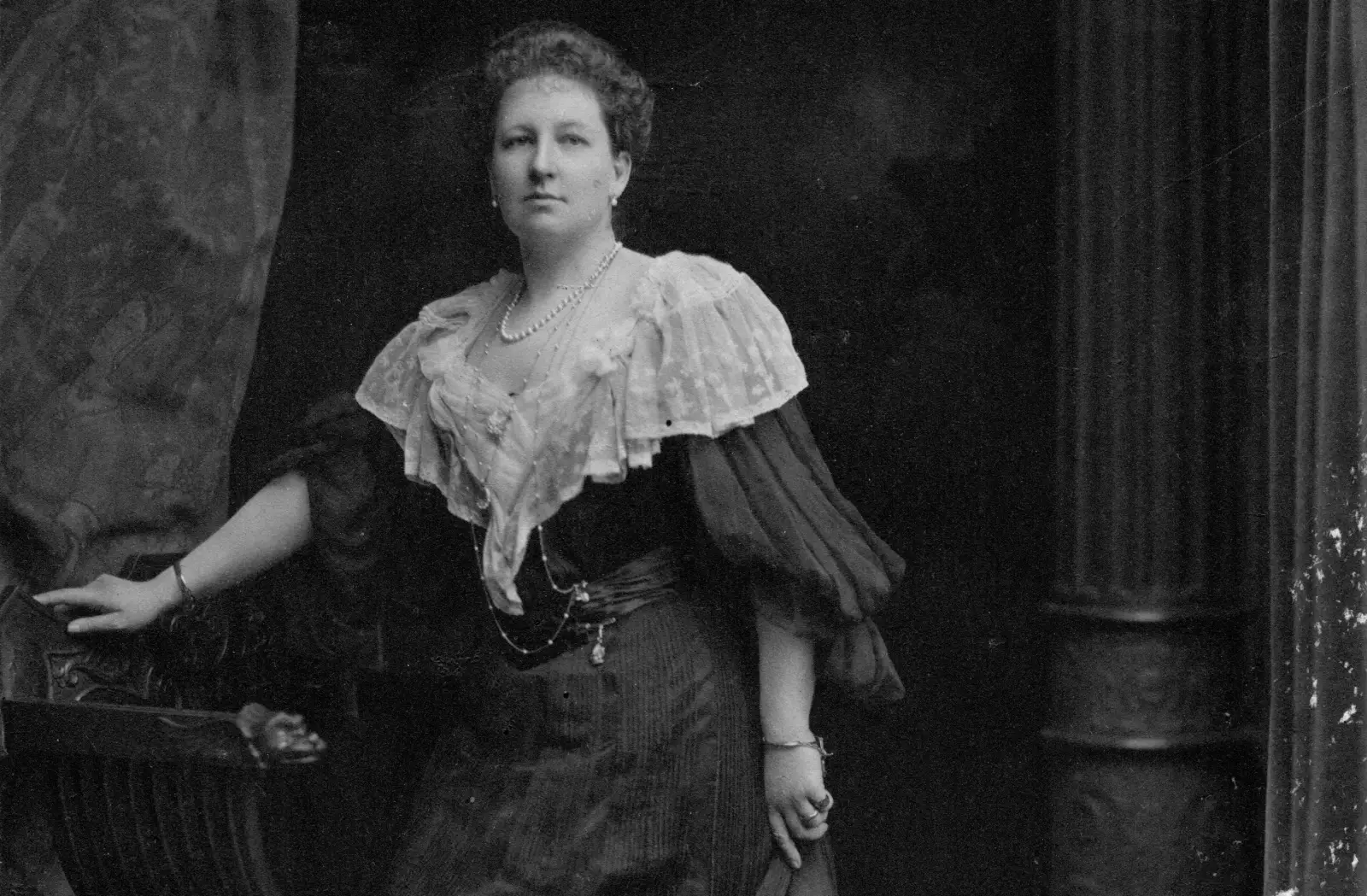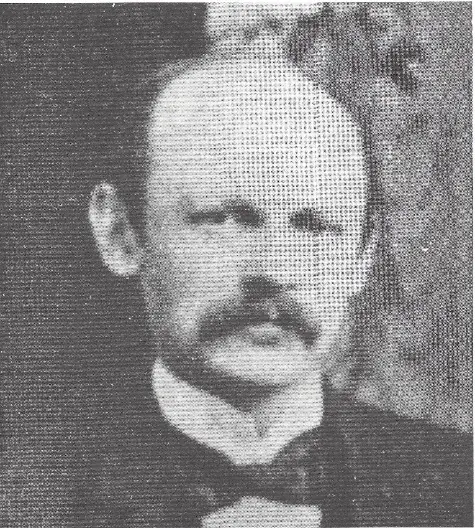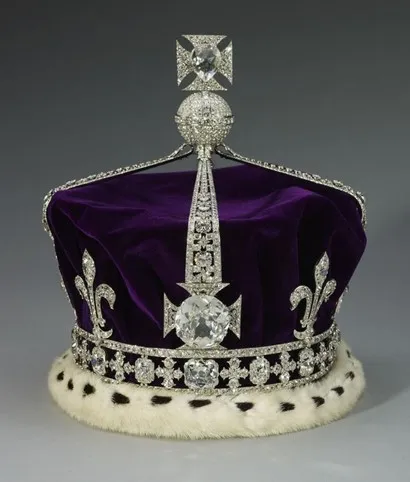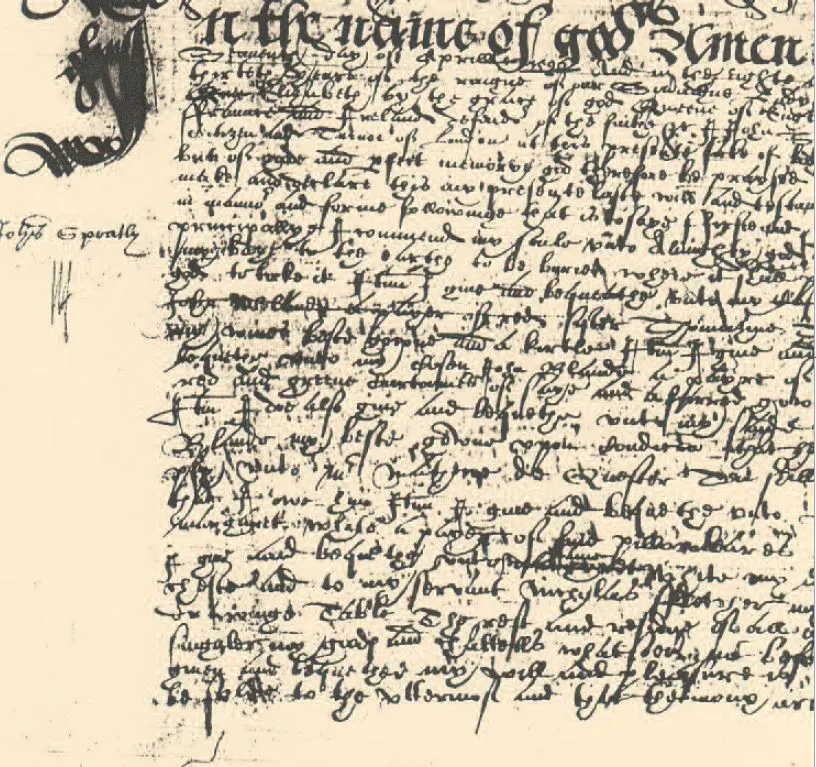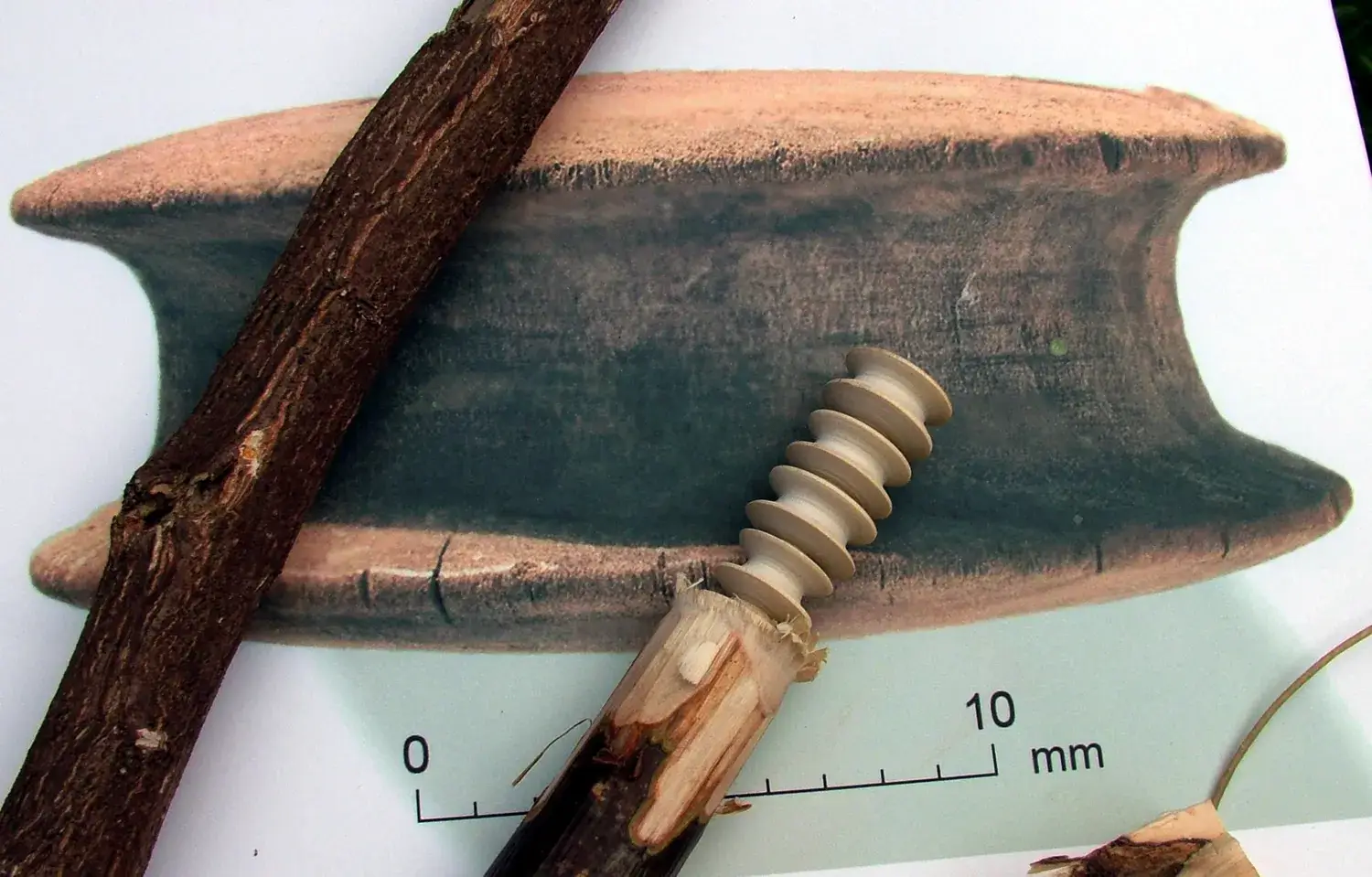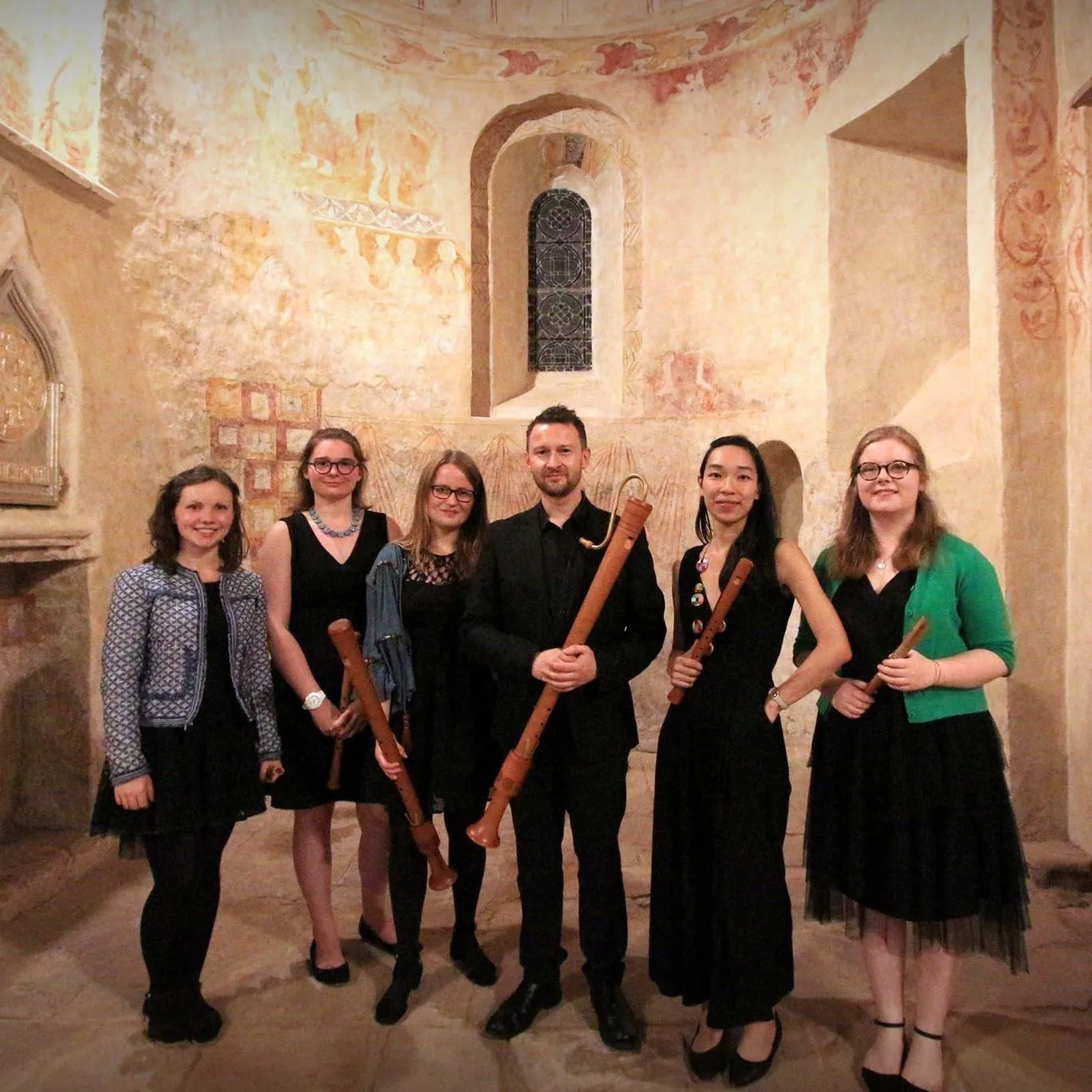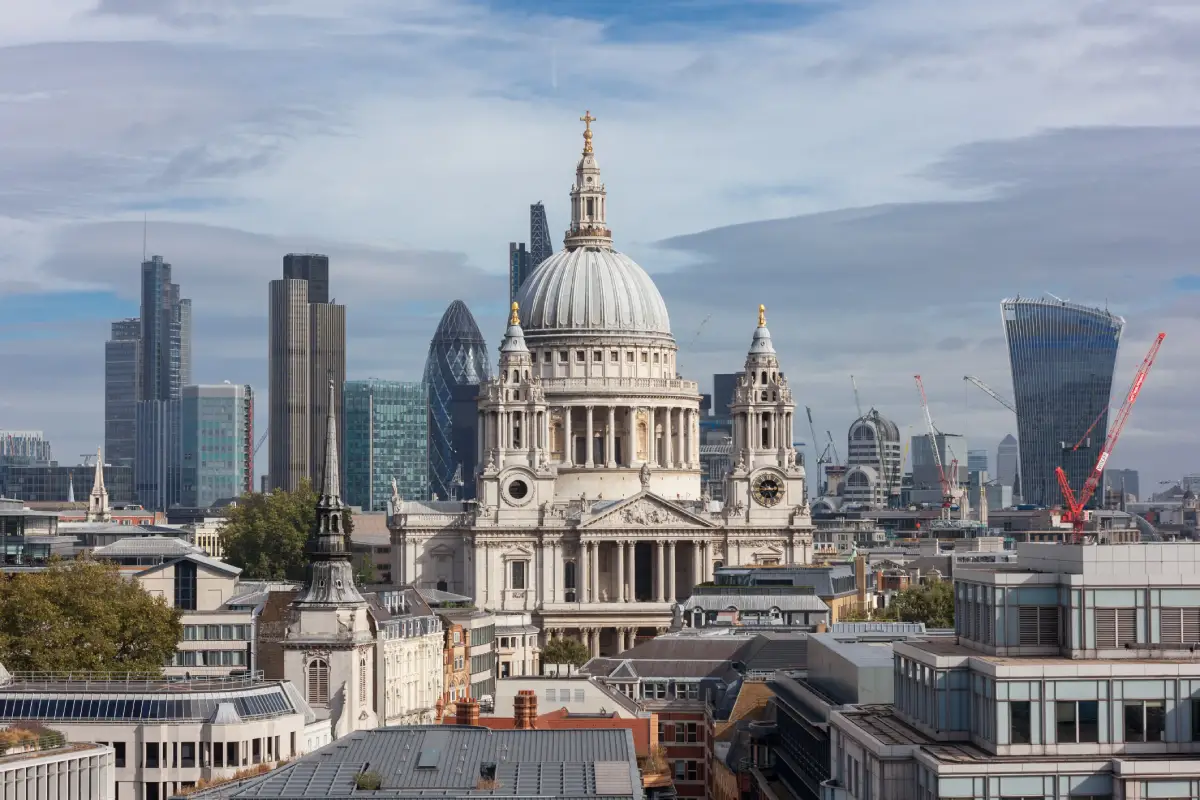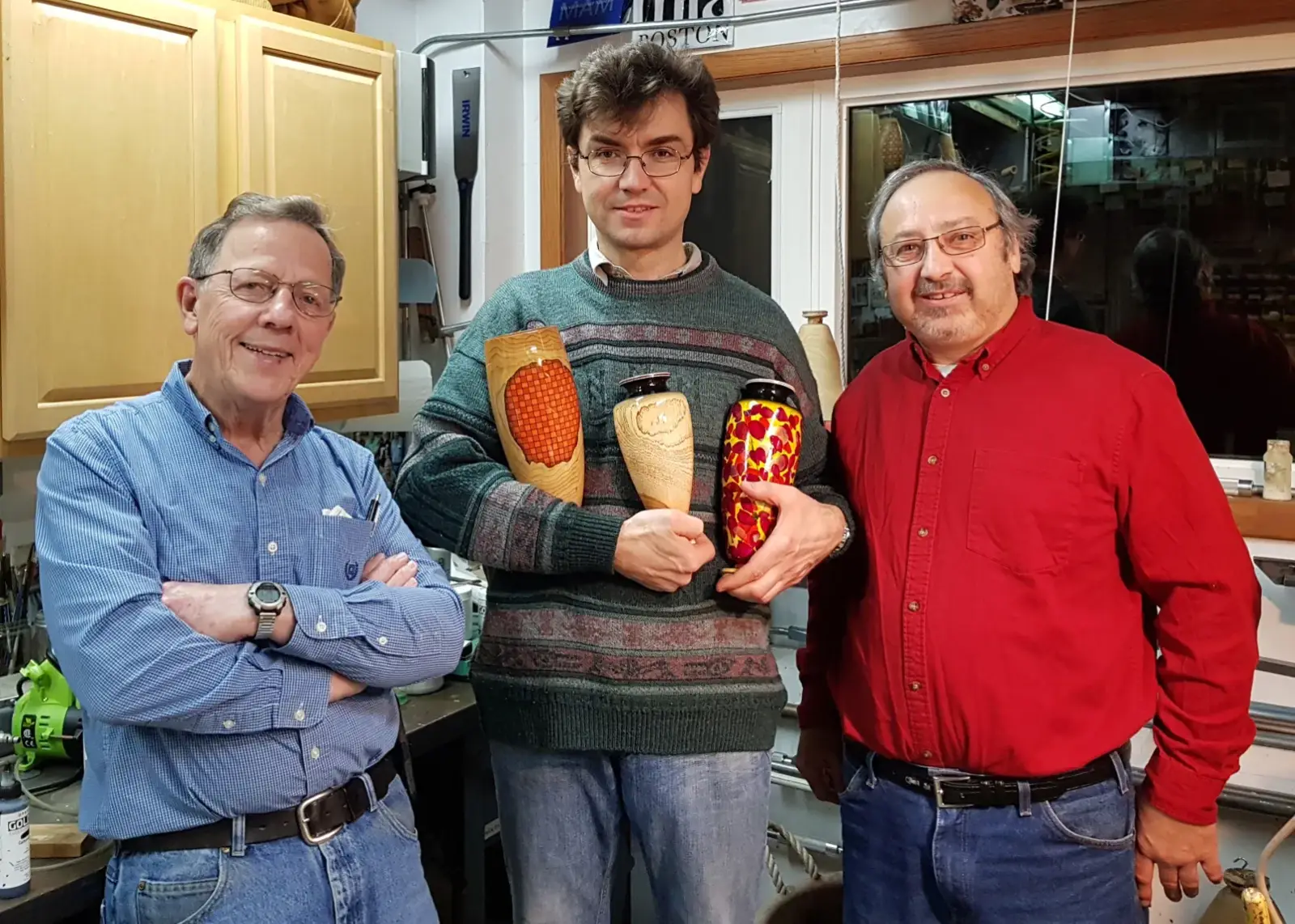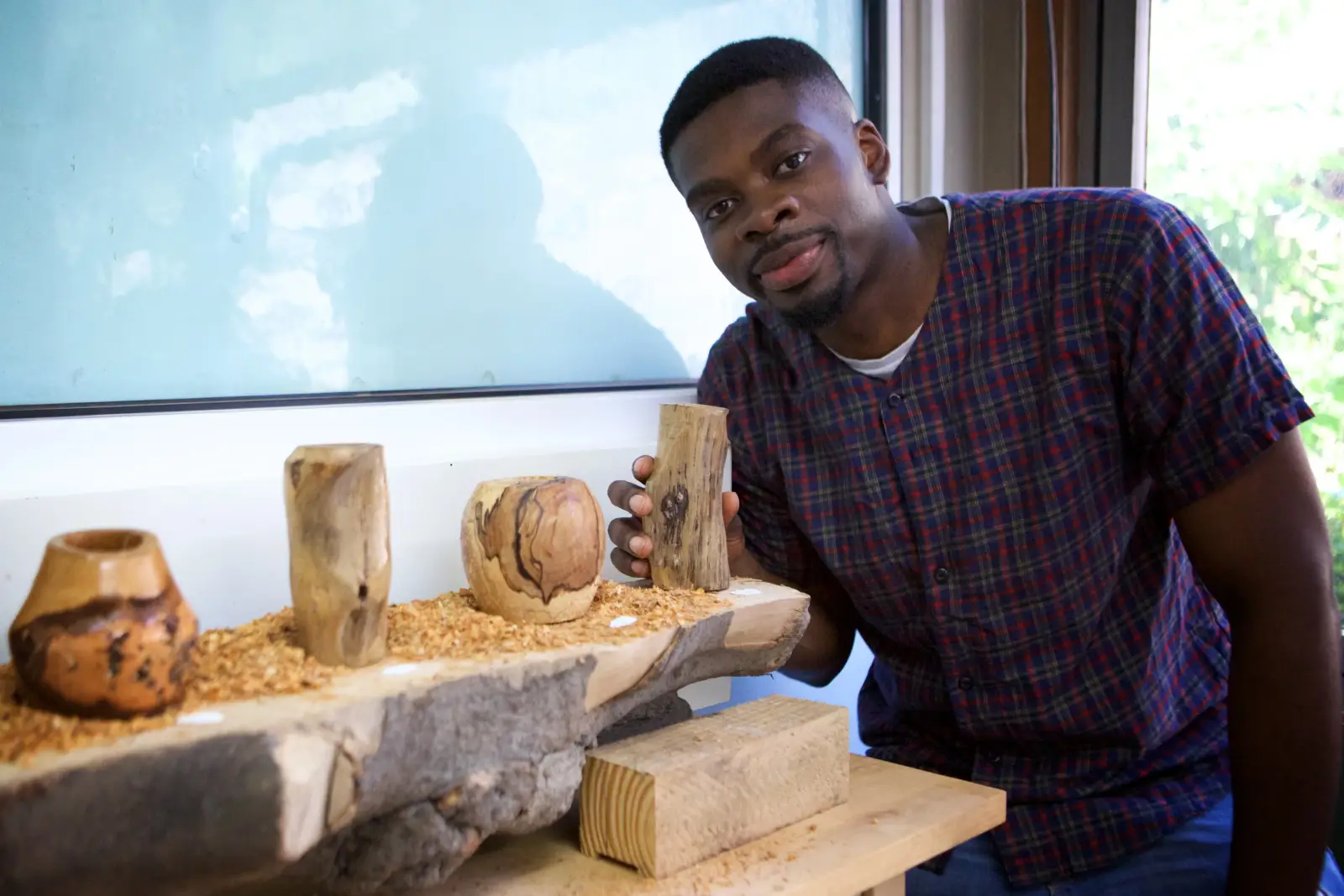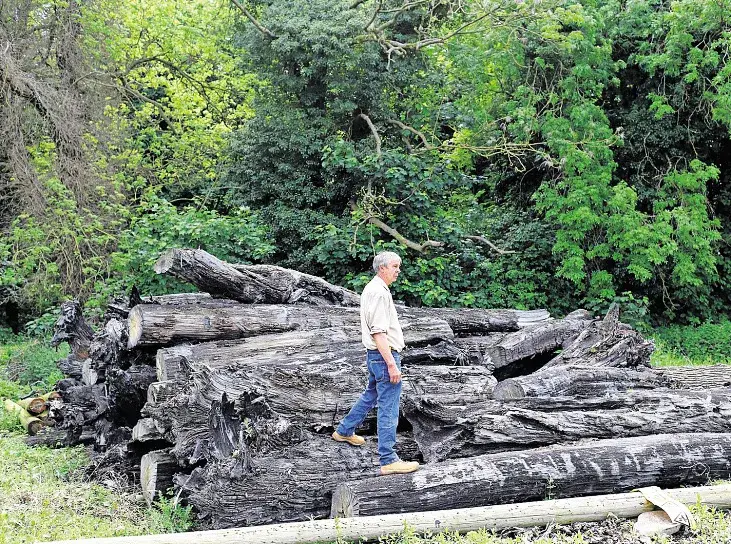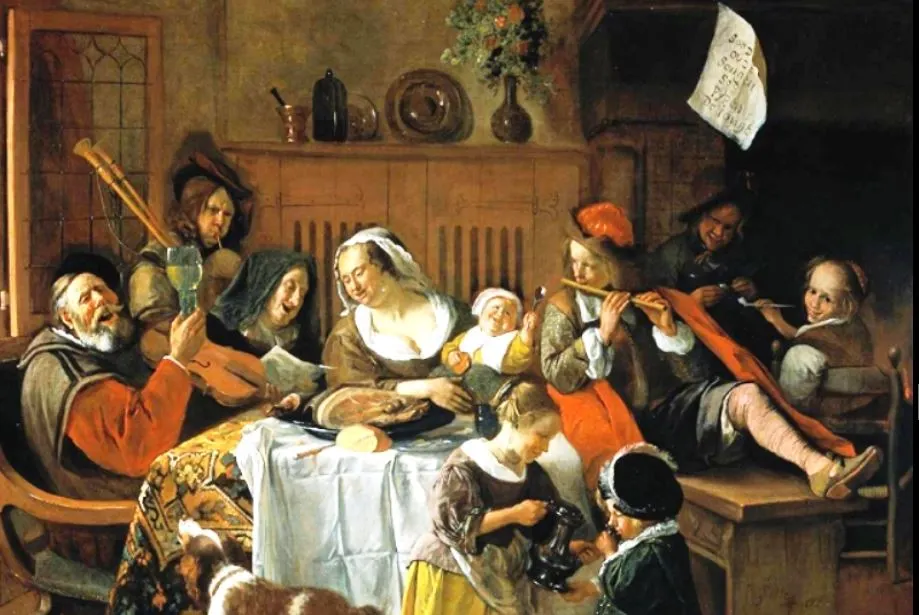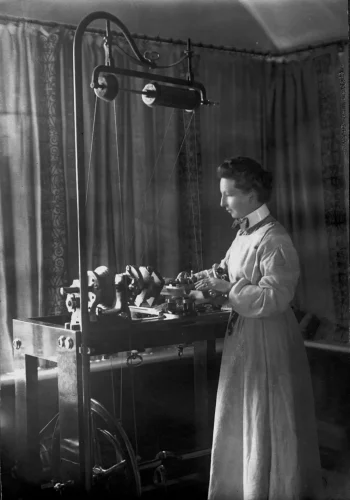
Lady Gertrude Eleanor Crawford was borne into an aristocratic family of turners but established her own mark as a lady turner at a time in history when it was very much a man’s world but proved she was as good as any of them.
She was recognised by the Turners’ Company for her skill as an ornamental turner, her prolific output and willingness to experiment with a wide range of materials.
She deserved her royal patronage. and was truly a remarkable woman with a strong independent personality.
Aristocrats with lathes
Born on 1st July 1868, Gertrude Eleanor Molyneux was the daughter of the 4th Earl of Sefton, a long line dating back to the Norman conquest when lands were granted to the Molyneux family.
She was born in Croxteth Hall next to Sefton, both areas now being part of Liverpool. The family also owned a large shooting estate at Abbeystead near Lancaster and she spent much time there.
Her father and grandfather (the 3rd Earl of Sefton) were both keen ornamental turners and at one time there were four Holtzapffel lathes belonging to the family, the first acquired when she was only two.
One of the later lathes is still at Croxteth Hall which is open to the public. It is hardly surprising that she became very proficient in the art of turning.
Her other interests included photography and she was awarded a medal by none other than the editor of Amateur Photography.
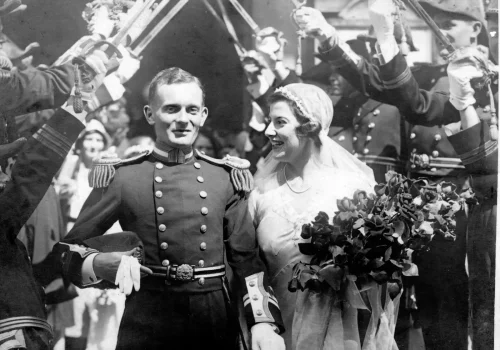
She appears to have photographed a lot of her work and displays and documented them in the family albums.
On 25th April 1905 she married Captain John Halkett Crawford, 32nd Lancers, Indian Army later to become Lieutenant Colonel. They moved to 44 Wilton Crescent, Belgravia, London with a retreat in the New Forest called Coxhill Grange, Lymington complete with a photographic dark room.
Honorary Freeman
She started to figure in the prize lists of the Turners’ Company in 1905 and was granted the title of Honorary Freeman in 1907 as the wife of Liveryman Captain Crawford. At the award ceremony she explained how she had learnt turning from her late father and had ‘known the use of the lathe ever since she was tall enough to stand beside one’.
With the coming of the Great War, Lady Crawford showed a capacity for organisation, in the management of women in a munitions factory in Erith, Kent. She was invited to become the first Commandant of the newly formed Women’s Royal Air Force. She accepted the post but unfortunately fell out with the authorities. She would not brook any interference, with the result that her role only lasted two months and ended in May 1918.
In 1923 she was a contributor to the GA Grace’s book “Ornamental Turning Design” with ten items of hers being used for illustration purposes.
Exhibitions
She was a regular exhibitor in London art and handicraft shows in the late 1920s and early 1930s. She was also very active in promoting women’s causes at exhibitions including the Society of Women Artists in 1929, 1931 and 1932, and Four Women’s Work at Walkers Galleries, New Bond Street.
A notable exhibition was the Royal Academy’s British Art in Industry at Burlington House in 1935 where her use of Perspex, a totally new ICI material, excited the press of the day and showed a marked shift from the use of ivory.
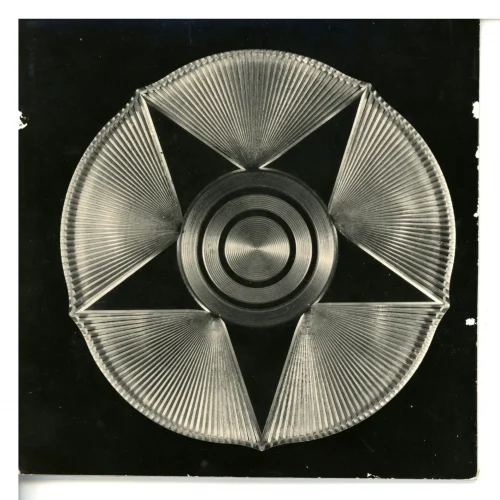
In 1929 Lady Crawford instituted the first of her private exhibitions at Leighton House, Kensington.
As reported in the Weekly Sketch, Past Master Turner Henry Llewelyn-Howell commented that he thought he could turn until he saw her work adding, “She is the best workman (sic) in finish – no-one can approach her. I have never seen things made of so many rare and ornamental woods from all over the world”.
Meanwhile, Lady Crawford’s involvement with the Turners’ Company continued with entries in the biennial turning competitions. These started again in 1923 after the Great War and were mostly held in the Guildhall with presentations by the Lord Mayor in the Mansion House.
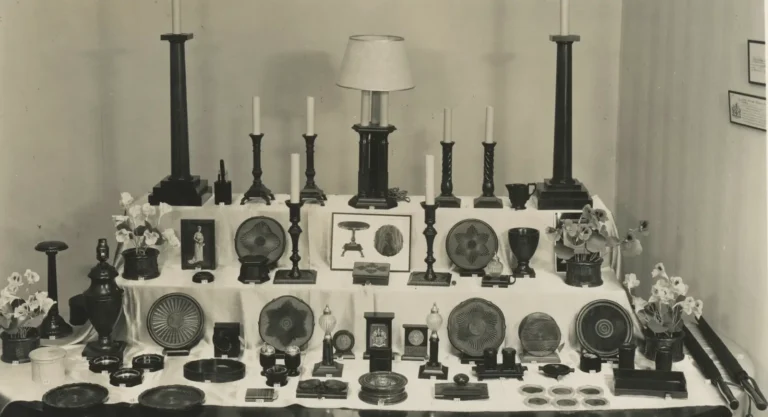
Special Gold medal
Having already gained a Silver medal in Company competitions, she was awarded a specially struck Gold medal in 1932 for:
“Her very numerous and beautifully executed specimens of her skill, ranging from tall and stately electroliers down to tiny four-legged square table models in blackwood, elliptical and rectangular salvers in lignum vitae, fruit knives with spiral shaped handles etc.”
These two medals still exist in the Towneley Hall Museum in Burnley.
Freedom of the Company
Such was her prowess as a turner that she was granted Freeman of the Company in her own right in 1934 – an exceptional happening at that time.
The 1934 competition held 11-16 May was remarkable in that the prize-giving was performed by Lady Crawford in the Mansion House in the absence of the Lord Mayor.
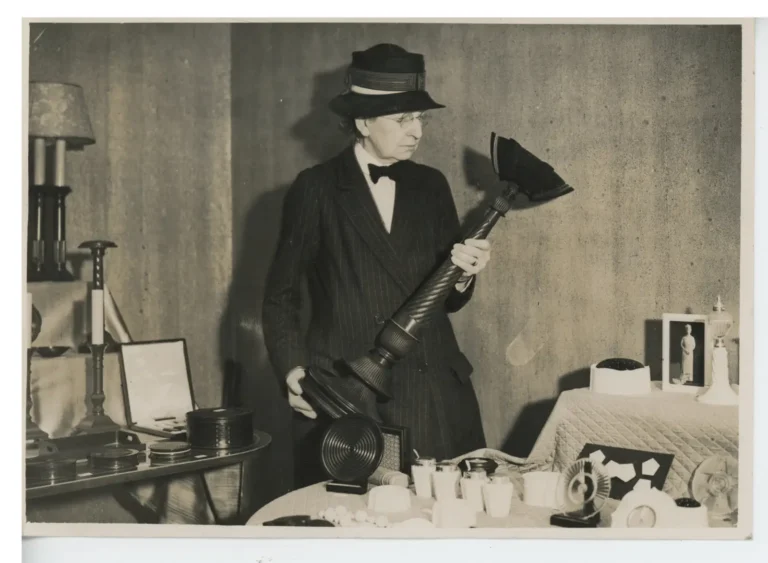
Royal connections
Further, Queen Mary was given a strictly private tour of the exhibition on 12 May in the crypt of Guildhall. It was apparent that Lady Gertrude had supplied items to the Queen, including miniature ivory candlesticks for the famous dolls’ house at Windsor Castle.
Other items turned by Lady Gertrude and owned by the Queen were also lent back to Lady Gertrude for some of her exhibitions, including the Royal Academy exhibition of 1935.
Lady Crawford’s husband died in 1936 and she followed him on 5th November 1937. In her will she had bequeathed her lathe and equipment to the Turners’ Company, although this did not seem to have happened.
It is interesting to note that correspondence on this subject at that time was being sent to the Turners’ Company offices at Sharples Hall NW1, the factory site of Holtzapffel & Co. It would appear that the Masterships of GW Holtzapffel in 1902 and JG Budd-Holtzapffel in 1921 had built a lasting relationship with the Company.
Lady Gertrude Crawford prize
The Lady Gertrude Crawford prize was initiated in 1950 by the competition committee of the Turners’ Company shortly after the formation of the Society of Ornamental Turners, with the first formal presentation in 1952. It then became a competition for SOT members only in 1969 and has become a biennial event ever since. The next competition for the Lady Gertrude Crawford prize and other turning competitions will be held in October 2021 at Wizardry in Wood 2021.
Past winners of the Lady Gertrude Crawford prize are listed with photographs for the following years: 2018 (the most recent competitions) and 2016.
July 2020
Nicholas Edwards
Past Master
This article is based on articles in the Society of Ornamental Turners’ Bulletin No 88 by the late Roger Davis and Bulletin 101 by Michael Foden.
Additional material was provided from Lady Crawford’s personal Dispatch Box recently acquired by Past Master Nicholas Somers to whom we are indebted for permission to include in this article. The box contains a wealth of material including many photographs, newspaper cuttings and exhibition catalogues. Some of this material is available to view on the Turners’ Company website in the Lady Crawford Archive.
Two other Honorary Freedoms were granted by the Turners’ Company, to: Baroness Angela Burdett-Coutts (1872) and Mary Cecil, 2nd Baroness Amherst of Hackney (1893).
